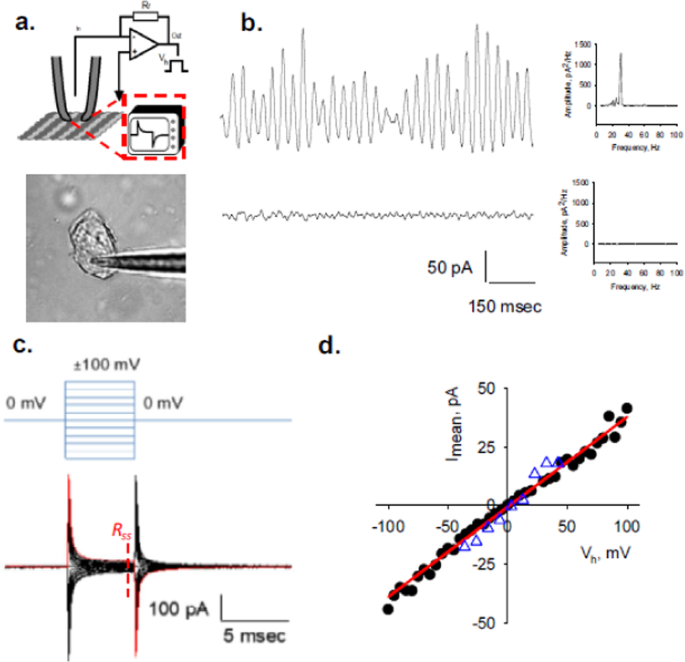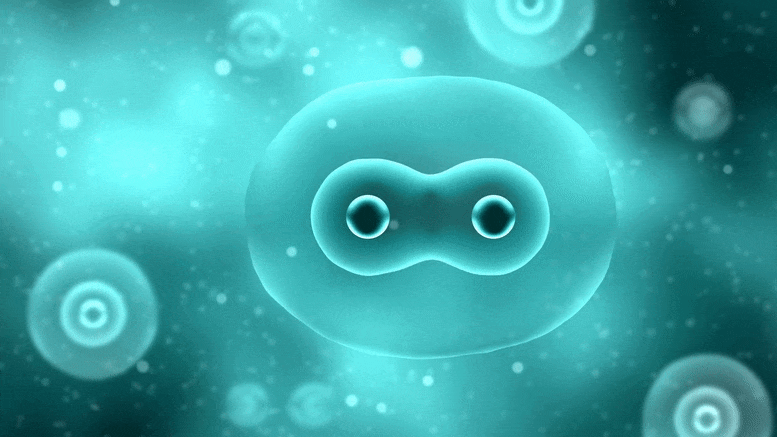Cells have awareness. We know this because they respond to their surroundings. That doesn't make them conscious or self aware. You think everything is alive though. You think everything is conscious. That just isn't the case and there's no evidence for that case.You keep beating your head against a brick wall.
We're not talking about rocks, we're talking about cells.
No one cares whether rocks respire.
But lots of people care whether cells are smart.
It seems to me you are trying to use cells as a trojan horse so to speak.







